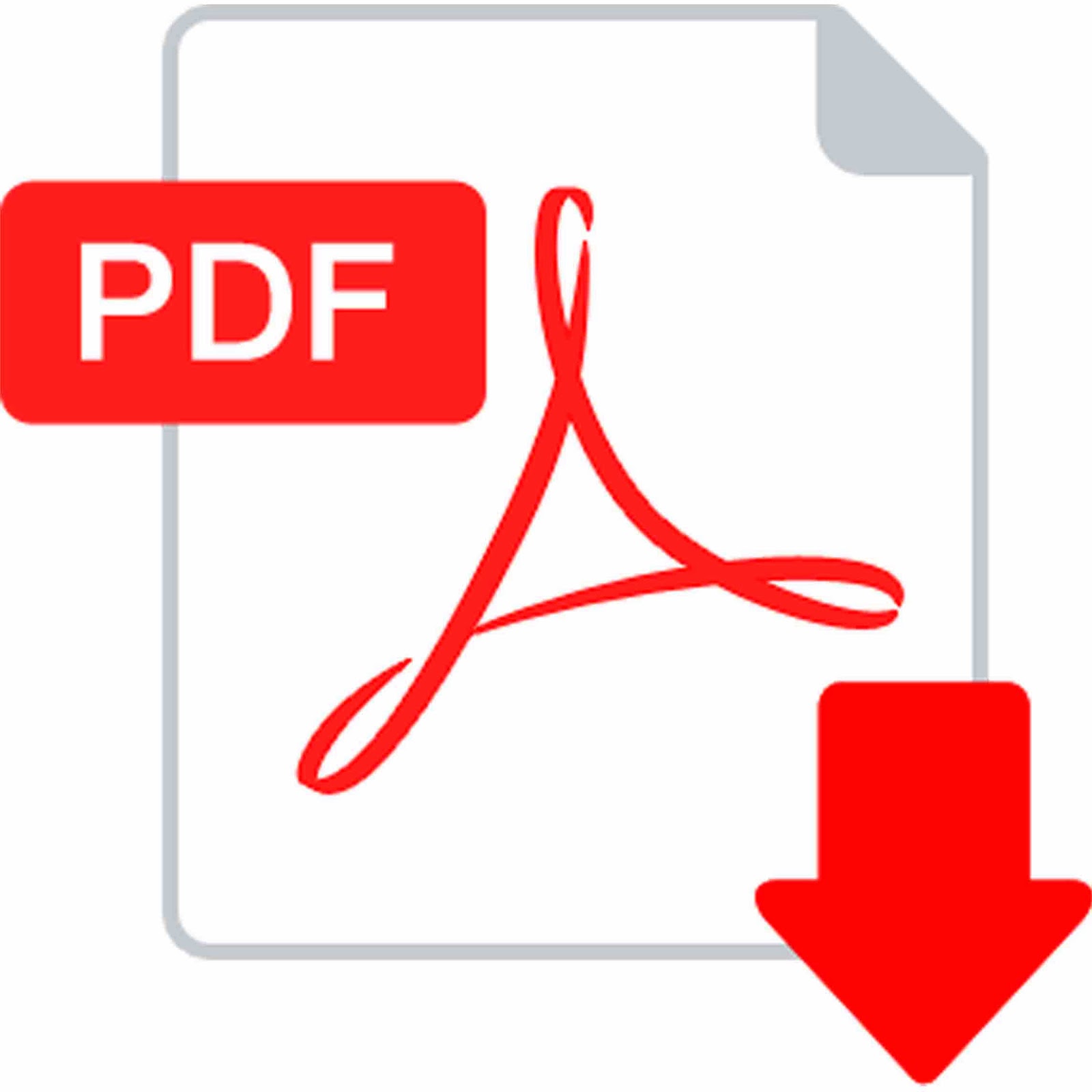| JEL Classification: F13 | DOI: https://doi.org/10.31521/modecon.V52(2025)-22 |
Raj Kumar KC, PhD, Affiliated Honorary Research Fellow, Fil. Dr. Jan-U. Sandal Institute, Finstadjordet, Norway
ORCID ID: 0009-0003-3195-7921
e-mail: provost@janusandal.no
Impact of Government Policy on Nepal’s Foreign Trade and Its Causal Relationships with Poverty Alleviation
Abstract. Introduction. This study attempts to examine the impact of the government policy on Nepal’s foreign trade and its causal relationship with poverty alleviation. It acknowledges that, like many developing nations, Nepal has been grappling with the challenges in aligning its policies with foreign trade to stimulate economic growth and reduce poverty.
Purpose. The study based on the literature review admits that an effective trade policy can significantly influence a country’s exports, which ultimately contributes to poverty reduction by fostering entrepreneurial activities, increasing employment, and stimulating growth.
Results. The analysis focuses on key government initiatives, particularly the National Trade Integration Strategy (NTIS) – 2023, and examines historical and contemporary trade policies from 1991 to 2023.
The study is mainly focused on how the Trade Policy–2009 has contributed to the growth of export trade and the scale of poverty alleviation. It employs a mixed-methods approach with the blend of both qualitative and quantitative analyses of secondary data, policy documents, and stakeholders’ perception.
The studies show that there is no significant difference between average GDP growth ‘before and after the implementation of the Trade Policy-2009’. It provides insights into the relationships between the Trade Policy–2009, export trade, economic growth and the rate of poverty alleviation with targeted interventions to address structural barriers responsible for hindering export trade and slowing down the pace of poverty alleviation.
Conclusions. The study has triggered an urge for a policy review in the context of Nepal’s WTO membership as well. In totality, this study seeks to generate awareness among policymakers and researchers about the Trade Policy-2009 and its impact on narrowing down the level of poverty.
Keywords: Foreign Trade; Government Policy; Poverty Alleviation; Nepal; Economic Growth; Trade Liberalization.
References:
- Acharya, K. (November 15, 2022). Interview on BBC Radio in Nepali [Interview]. BBC Nepali.
- Bajracharya, P., Manandhar, M. D., & Bajracharya, R. (2019). Nepal’s economy in disarray: The policies and politics of development. Adroit Publishers.
- Bhagwati, J (1993), India in Transition. Freeing the Economy. Oxford: Clarendon Press.
- Central Bureau of Statistics, Nepal (2024), Annual Report.
- Dawadi, H., Kayastha, N., & Shrestha, R. (1998). Review of existing trade practices and challenges in promoting Nepal’s trade with Asia and Pacific regions. Centre for Economic Development and Administration (CEDA), Tribhuvan University.
- Gautam, M. P. (2022). International business. Asmita Books Publishers and Distributors (P) Ltd.
- Helpman, E., Itskhoki, O., Muendler, M. A., & Redding, S. J. (2017). “Trade and Inequality: From Theory to Estimation https://academic.oup.com/restud/article/84/1/357/2589662.
- Kharel. (2023). Fostering structural transformation in Nepal. United Nations ESCAP, Section on Sustainable Development and Countries in Special Situations.
- Krueger, Anne (1983) Trade and Employment in Developing Countries, 3 Synthesis and Conclusions, Chicago, University of Chicago Press.
- Krugman, P. (1979). “Increasing Returns, Monopolistic Competition, and International Trade.” Journal of International Economics.
- Ministry of Finance, Government of Nepal. (2023). Economic survey 2024.
- Ojha, P. (2012). Overview of trading system in Nepal. Government of Nepal.
- Pant, B., & Panta, R. K. (2009). Export diversification and competitiveness: Nepal’s experiences. NRB Review.
- Pazzini, A., Rayes, D., & Varela, G. (2016). From evidence to policy: Supporting Nepal’s trade integration strategy (Policy Note 4). Assessment of the impact of the cash incentive to promote export diversification in Nepal.
- Pyakuryal, B., & Sainju, R. (2007). Nepal’s conflict: A micro impact analysis on economy. Nepal Economic Association.
- Shakya, B. M. (2016). Global trade and marketing: A Nepalese perspective. Ratna Pustak Bhandar.
- Shakya, B.M. (2020). International Business – Concepts and Cases ion Nepal. Ratna Pustak Bhandar.
- Sharma, G. (2014). “The Role of State in Assuring Social Justice” Working paper/ Seminar Paper.
- Sharma, S. (1998). Nepal’s trade and regional tariff and non-tariff barriers: A brief review. Centre for Economic Development and Administration (CEDA), Tribhuvan University.
- Shrestha, B. P. (2004). Economic dualism and development in Nepal: A perspective. Nepal Economic Association.
- Stolper, W. F., & Samuelson, P. A. (1941). Protection and Real Wages. The Review of Economic Studies, 9(1), 58–73. https://doi.org/10.2307/2967638.
- Thapa, S. B. (2012). Nepal’s trade flows: Evidence from gravity model. NRB Economic Review, 24(1).
- Topalova, P. (2006). “Trade Liberalization, Poverty, and Inequality: Evidence from Indian Districts.” https://www.nber.org/papers/w11614.
Received: 16 August 2025

|
How to quote this article? |
| Raj Kumar KC (2025). Impact of Government Policy on Nepal’s Foreign Trade and Its Causal Relationships with Poverty Alleviation. Modern Economics, 52(2025), 158-164. DOI: https://doi.org/10.31521/modecon.V52(2025)-22. |










 Українська
Українська